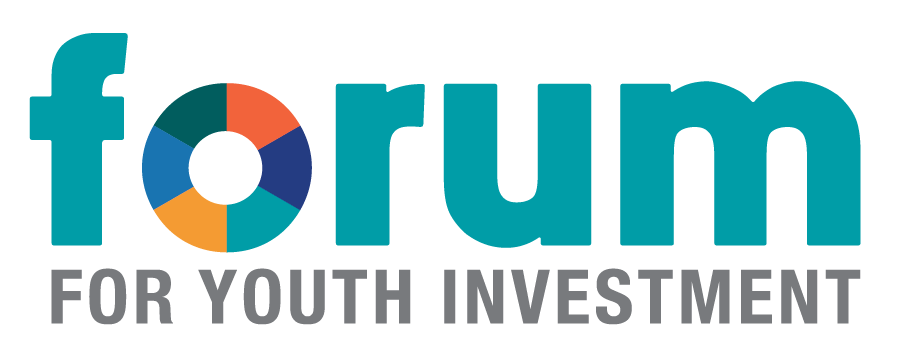Making the Invisible Visible Discussion Series
December 21, 2020
Throughout the months of November and December of 2020, the Readiness Projects team committed to “Making the Invisible Visible” – by tackling five thorny issues that need to be addressed in order to Build Forward Together. We did this through a series of facilitated discussions, grapple groups, ongoing projects, and engagement opportunities that will feed into a planning guide and toolkit for local school and community leaders.
Each week for five weeks, we invited national and local leaders to grapple with each other for 90 minutes – including breakout discussion groups covering one of the following topics each week:
The Indefinable “Community” Partners– Making Essential Community Assets More Visible
Across the country, families and schools have sent the clear message: “We are stretched!” Meanwhile, community organizations are saying “We are here! We can help!” but they frequently report feeling invisible – not only to the schools that are seeking partners, but to each other.
If the quality, quantity and consistency of community experiences and relationships are so important to youth success, why are they so invisible to systems and decision-makers charged with supporting learning and development and, in many cases, to families and youth?
Empowering the Essential Adults that Work Directly with Young People and their Families
Most of our discussions focus on systems, organizations and programs. But settings – clubs, classrooms, camps, cafeterias – are where young people and adults come together to build relationships and co-create experiences.
- Who are the adults that work directly with vulnerable young people?
- Where are they (schools, employment training programs, youth organizations,
youth advocacy efforts, etc.)? - How does where they work impact what they do?
- What are they saying they need to be effective during these times? What
resources and supports do they have? What do they lack? - What would taking a broader community ecosystem view do to change the
decisions that are being made by leaders in their organizations and systems?
Increasing the Visibility, Belonging, and Agency of Marginalized Adolescents and Their Families
School districts across the country are reporting declines in enrollment as the new school year begins. Vulnerable families are experiencing disproportionate health and economic
impacts from COVID-19.
- Who is connecting with the adolescents and families who have been most
tenuously connected and historically marginalized? - What would it take to get a more robust equity picture for the adolescents and
families that are most vulnerable and least visible? - How are adolescents and families at the vanguard of community and societal
change efforts? What can we do to support them? - Are the current responses working for marginalized adolescents and their
families? Are they being squeezed out?
Increasing Coordination Horsepower at Every Level
The difference between equal and equitable is the difference between routine and customized. No one has time to do a full 360 “ecosystem” view at every level before they make their own decisions inside their own programs, organizations, systems.
Especially in rapidly changing times, we need more coordination and coherence horsepower at every level – from direct connections with families and young people to neighborhoods and their schools, to community-wide.
What kinds of coordination are currently in place – or could be – that can help all parts of the ecosystem move commitments to “whole child, whole school, whole community” from a mantra to a mandate?
The Accountability Conundrum Facing Educational Equity Advocates
COVID has created unexpected opportunities to challenge traditional measures of student and school success (such as attendance, course grades, standardized tests). Many of these measures are disaggregated to expose inequities.
Convergent science findings challenge the appropriateness of these accountability measures for all students, but particularly for marginalized young people. But nature abhors a vacuum.
- How can we use the current disruption to engage/incentivize/empower local school and community leaders to Build Forward Together?
- What might manageable, measurable commitments to leveraging all community assets look like?
- What must we do in early 2021 to optimize summer learning and development with families?
In this session, Karen Pittman facilitates a discussion including the following leaders:
- Hal Smith, National Urban League
- Bethany Little, Education Counsel
- Pamela Cantor, Turnaround for Children
- Ross Wiener, Aspen Institute
- David Osher, American Institute for Research
- Hedy Chang, Attendance Works
Thank you to the S.D. Bechtel, Jr. Foundation for making this series possible!
